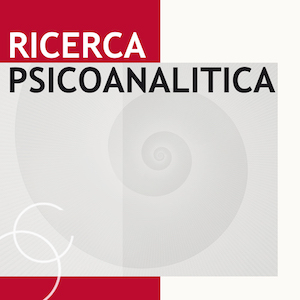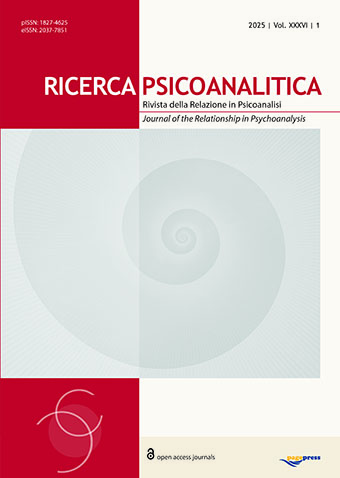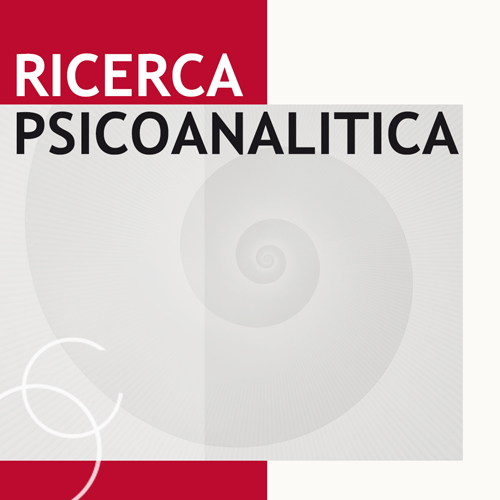Between conscious and unconscious: reducing opposition and increasing continuity

All claims expressed in this article are solely those of the authors and do not necessarily represent those of their affiliated organizations, or those of the publisher, the editors and the reviewers. Any product that may be evaluated in this article or claim that may be made by its manufacturer is not guaranteed or endorsed by the publisher.
Authors
The protagonist of the contribution is the concept of implicit unconscious, a concept that means a more articulated and extended unconscious than that of classical and post-Freudian psychoanalysis. The resulting picture modifies the antithesis between the unconscious, which is the repository of dysfunctionality, and the conscious, which is the place of insight, and proposes a global space of mind that is in line with this theoretical set-up: the unconscious and the conscious are two different modes of ‘processing’ experiential data. In the field of clinical work, some hypotheses are proposed in order to read the patient’s unconscious work and identify a potential and evolutionary progressive space. The basic idea is that a conceptually transformed unconscious at the theoretical level, parallel to the clinical level, allows for a transformational and evolutionary unconscious in the patient.
How to Cite

This work is licensed under a Creative Commons Attribution-NonCommercial 4.0 International License.
PAGEPress has chosen to apply the Creative Commons Attribution NonCommercial 4.0 International License (CC BY-NC 4.0) to all manuscripts to be published.










